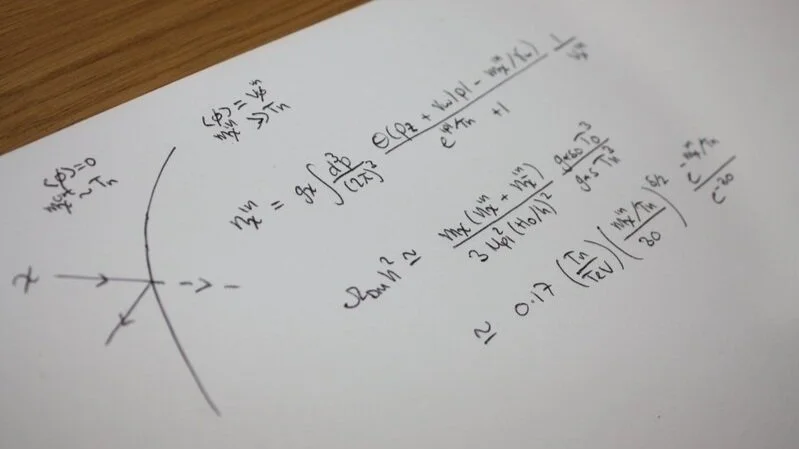Dark matter models
Two leading theoretical candidates for dark matter are WIMPs and WISPs, which stand for Weakly Interacting Massive Particles and Weakly Interacting Slim Particles.
The conventional WIMP has a mass around 100 times the mass of a proton, and has long been a theoretically favoured possibility because it is produced with the correct abundance in the early Universe and can naturally be related to other unsolved problems in physics. However, several decades of experimental searches have not yet found a convincing signal. The Centre’s SABRE experiment will test a tentative signal seen in a previous experiment and the Cygnus experiment aims to push to even greater sensitivities; however, it is imperative also to think beyond the standard WIMP paradigm.
Particles with masses a fraction of that of a proton, such as WISPs (in the form of axions, axion-like particles (ALPs) or other ultra-light dark particles), are viable dark matter candidates and may also be motivated by unsolved problems in physics. They require a very different theoretical description to WIMPs and are subject to important particle-astrophysics constraints.
Another well-motivated paradigm is asymmetric dark matter, which aims to explain the apparent coincidence between the ordinary and dark matter mass densities in the universe today. This class of model offers rich phenomenology, with the precise implications dependent on the specifics of a given model.
Theorists in the Centre develop and refine models of WIMP, WISP and asymmetric dark matter, as well as other well motivated candidates such as sterile neutrinos.
Dark matter models in the news: New theory on the origin of dark matter

